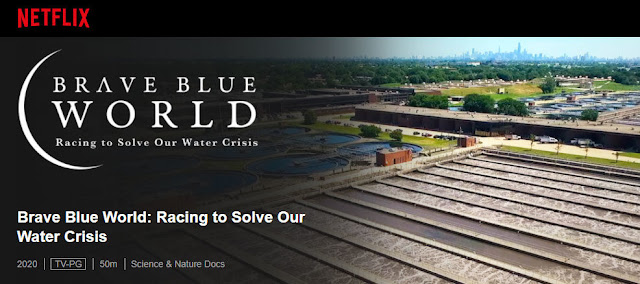Land use and Water
I have discussed climate change as a form of environmental change throughout
my blog.
First, it is important to note that different forms of environmental change are often connected and affect each other. For example, there are a number of methods by which climate and land use change interact to cause changes in biodiversity (Oliver and Morecroft, 2014). This can be seen in West Africa where increased droughts and the expansion of farmland has impacted the habitat and biodiversity in the W-Arly-Pendjari area (ZSL, n/a). In addition, increased droughts may require irrigation for agriculture may alter water availability for other organisms (Oliver and Morecroft, 2014). Land cover change can impact the hydrological cycle and water resources in a number of ways as it changes the way the rain is separated through the vegetation and soil, this can effect surface run off, groundwater recharge and evaporation (Warburton et al, 2012).
Land use can be linked to land degradation and even desertification due to the impact it has on the hydrological cycle for instance on water flow as well as other anthropogenic factors associated with land use change such as overgrazing (Kosmas et al, 2003). Maitima et al, (2009) found links between land degradation and land use change which is happening very rapidly in East Africa, this in turn has an effect on biodiversity. The long term replacement of natural vegetation with agriculture and human settlements can have numerous negative effects, such as decreased soil fertility, less water availability, increased toxicity and increased salinity (Maitima et al, 2009). In addition, land cleared for agriculture and human settlements are often based nearby water resources and from the study in Amboseli, Maitima et al, (2009) found that this leads to a decline in water quality and availability for natural vegetation and wildlife.
In order to manage water resources it is important to understand the hydrological response to land use change (Warburton et al, 2012). Oliver and Morecroft, (2014) give the example of water supply in wetlands and explain how a planned approach to restoring wetlands by incorporating floodplains will help to maintain the water supply and reduce flood risk. It is therefore key to take the multiple drivers of change into consideration when managing resources (Oliver and Morecroft, 2014).


Comments
Post a Comment